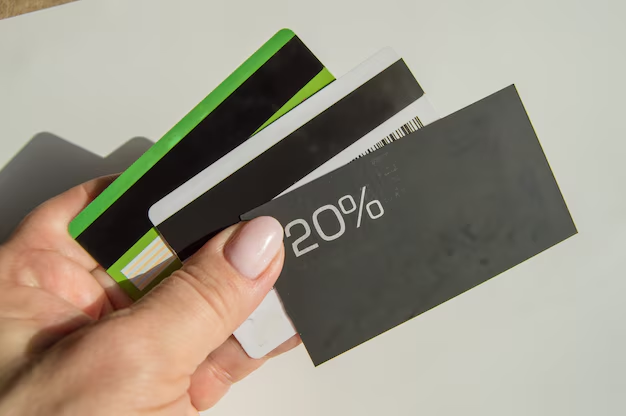Discover Card Cash Access: Here's How You Can Get Cash
If you've ever found yourself in a pinch, the option to access cash from your credit card might seem appealing. Discover cardholders, rejoice! It’s possible to get cash from your card, but knowing the right steps ensures you handle your finances wisely and effectively avoid pitfalls.
How to Access Cash from Your Discover Card
First things first, you need to know how cash advances work with Discover cards. A cash advance is a service that allows you to withdraw a specific amount of money using your credit card.
Locate an ATM: Look for an ATM that displays the Discover or Pulse logos. By inserting your Discover card, you can withdraw cash, similar to a debit card transaction.
Cash Advance PIN: To access a cash advance, you'll require a Personal Identification Number (PIN). For security reasons, Discover cardholders who haven’t yet set up a PIN can request one by contacting Discover customer service.
Understand Limits and Fees: There’s a limit to how much cash you can withdraw using a cash advance, often a percentage of your credit line. Additionally, keep in mind that cash advances typically come with higher interest rates and transaction fees.
Cash Over Purchases: At certain retailers, you might be able to obtain cash over the purchase limit. Double-check with the retailer if they permit this service and if your card qualifies for it.
Now that you know the mechanics of accessing cash, it’s crucial to holistically understand the financial implications. Withdrawing cash from a credit card often leads to higher cumulative charges over time. So it's wise to consider alternatives before opting for a cash advance.
Alternative Financial Tools and Assistance Programs
Accessing cash through a credit card might provide temporary relief but exploring other paths can offer longer-lasting solutions.
Financial Assistance Programs
- Government Aid Programs: Programs such as Temporary Assistance for Needy Families (TANF) and the Supplemental Nutrition Assistance Program (SNAP) are designed to provide financial relief to families and individuals in need.
- Unemployment Benefits: If you’ve recently lost your job, ensure your eligibility for state-sponsored unemployment benefits.
Credit Card Solutions
- Balance Transfers: If you’re contending with high interest rates, consider applying for credit cards with balance transfer offers. These typically include a 0% introductory rate which could help you pay off debt faster.
- Debt Relief: Companies specializing in debt consolidation or negotiation can assist in simplifying your debt into more manageable payments with potentially lower interest rates.
Educational Opportunities
- Scholarships and Grants: Many organizations and government bodies offer scholarships or grants based on need or merit, providing financial support without the obligation of repayment.

- Does Discover Card Have Rental Car Insurance
- Does Discover Card Cover Rental Car Insurance
- Does Discover Card Offer Rental Car Insurance
- Is Discover a Good Credit Card
- Is Discover It a Good Credit Card
- How To Close Discover Credit Card
- Is Discover Card Good
- Can i Use My Discover Card Internationally
- Who Discovered Playing Cards
- Is Discover Card Accepted In Europe